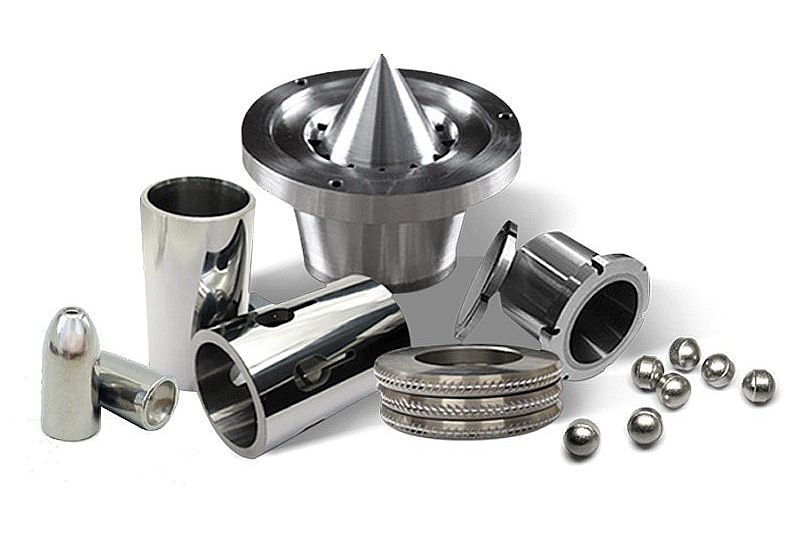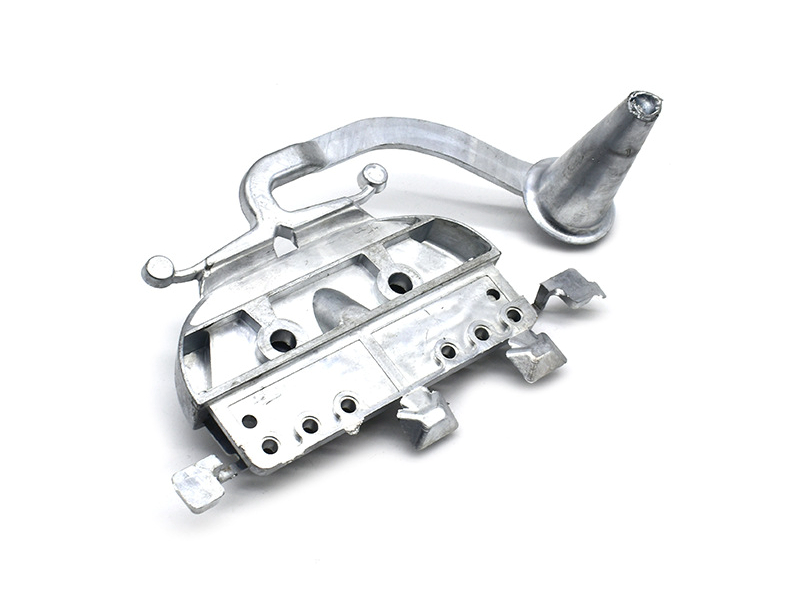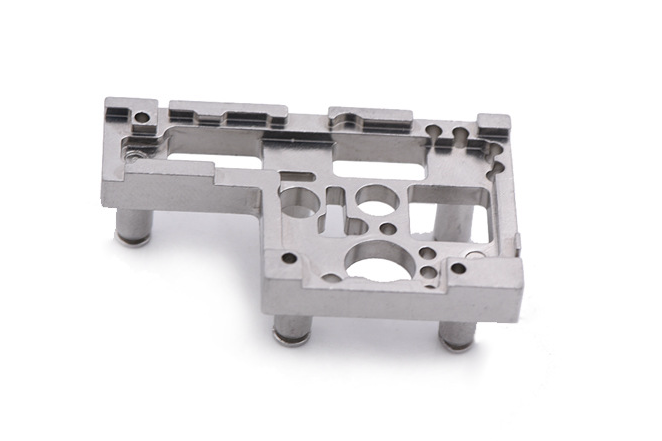How can precision manufacturing boost efficiency and lifespan of tool transmissions?
In high-performance power tools and compact transmission systems, efficiency and lifespan depend heavily on the precision of each mating component. Precision manufacturing not only enhances smoothness and torque transfer—it also regulates heat generation, minimizes wear, and stabilizes long-term performance. By aligning material selection, tolerance control, surface treatments, and process planning, Neway ensures that every transmission component—from gears to housings and shafts—delivers repeatable efficiency across mass production.
Tolerance Control and Geometry Optimization
Precise gear meshing requires accurate tooth profiles, root radii, and microgeometry. Early prototypes are developed using CNC machining prototyping or 3D printing prototyping to validate meshing behavior before tooling. Once geometry is set, serial production via metal injection molding or precision casting delivers complex, high-accuracy shapes with reduced machining. For split housings or alignment-critical components, sheet metal fabrication enables accurate interfaces for bearings and shafts, ensuring minimal misalignment during assembly.
Material and Heat Treatment for Durability
Material properties directly impact efficiency and gear life. Alloys such as MIM-4140, MIM-8620, and MIM-9310 offer strength and wear resistance when processed with precise heat treatments. Neway applies case hardening, quench and tempering, and targeted methods described in its heat treatment guidelines to create a hardened surface with a tough core. For high-speed gears, low-friction coatings such as PVD coatings or nitriding reduce sliding wear and extend lubrication lifespan—key factors in maintaining efficiency at high RPM.
Surface Finish and Contact Stability
Increased precision reduces energy loss. Smoother contact surfaces mean lower friction and quieter transmission. Neway uses finishing processes like tumbling and electropolishing to refine tooth surfaces and bearing interfaces. Accurate surface roughness minimizes lubricant breakdown and reduces the chance of micro-pitting and wear. The resulting lower contact stress translates into higher efficiency and longer transmission lifespan.
Process Integration and Assembly Accuracy
Efficiency also relies on how components interact after they are manufactured. Neway designs housings, shafts, gears, and carriers concurrently to ensure proper stacking tolerances and alignment. Components produced via overmolding or insert molding combine plastic and metal to create precise bearing interfaces. By controlling tolerances across multiple processes—casting, machining, injection molding, and finishing—Neway prevents misalignment that causes transmission losses, vibration, and premature wear.
Design Guidelines for Efficient and Long-Life Transmissions
Utilize precision prototyping to validate tooth geometry and contact patterns prior to tooling.
Select heat-treatable alloys, such as 4140, 8620, and 9310, for their toughness and high load capacity.
Apply surface treatments like nitriding or PVD to reduce friction and extend life.
Optimize bearing and shaft alignment through high-accuracy machining or the use of molded inserts.
Integrate production processes to control tolerances and avoid stress concentrations during assembly.



